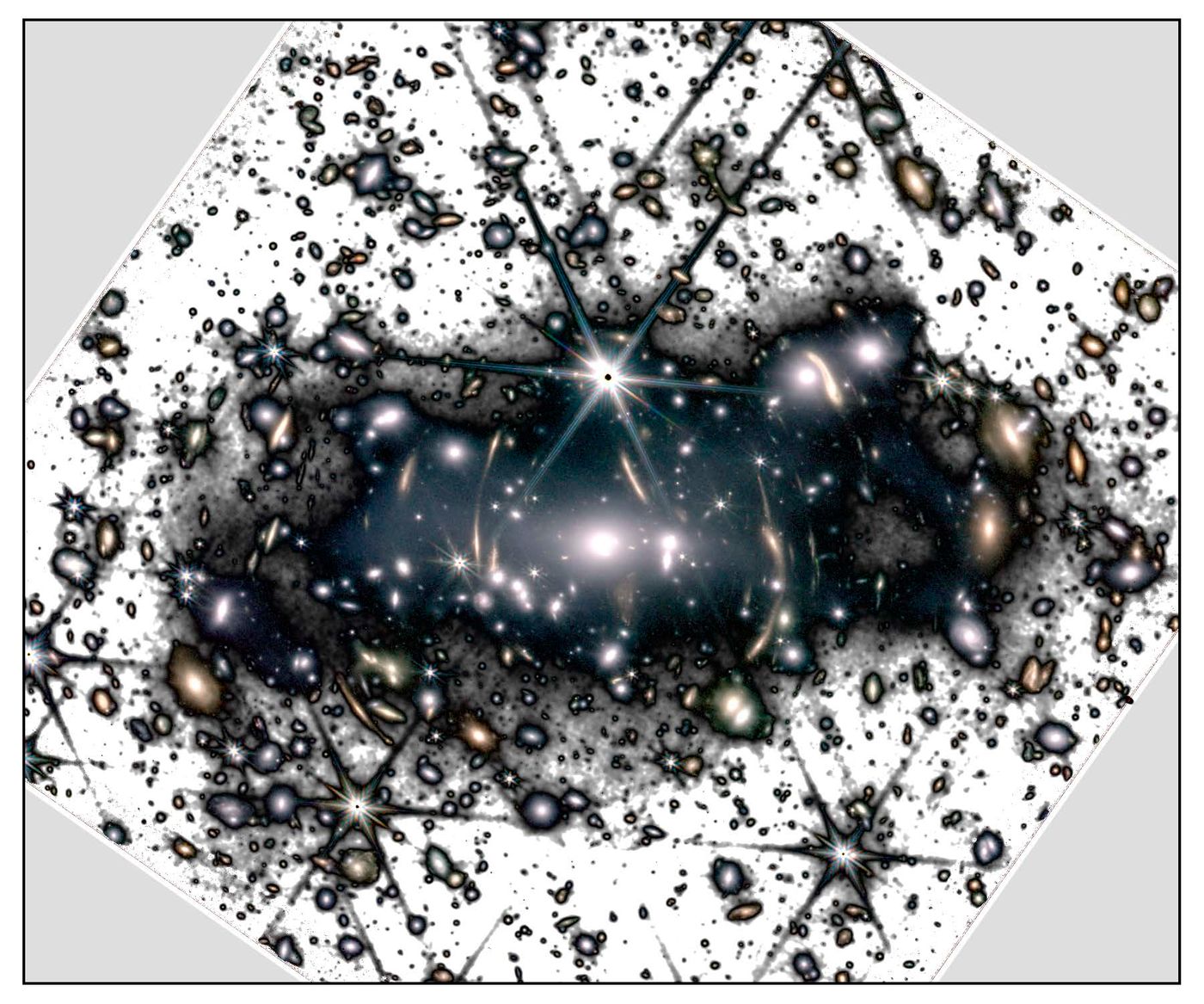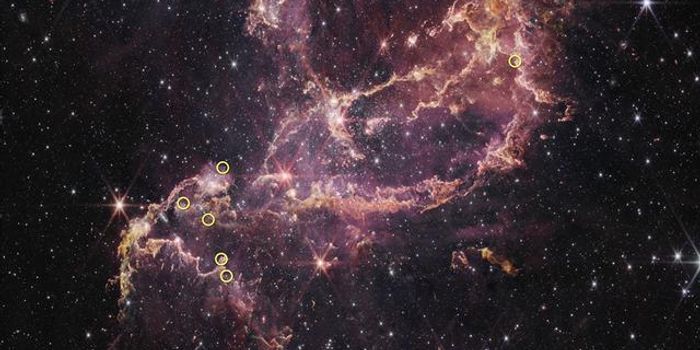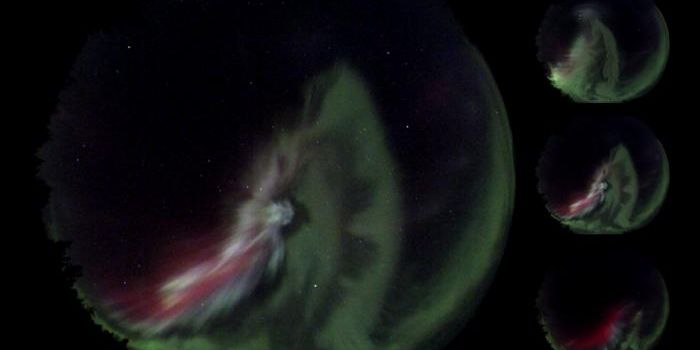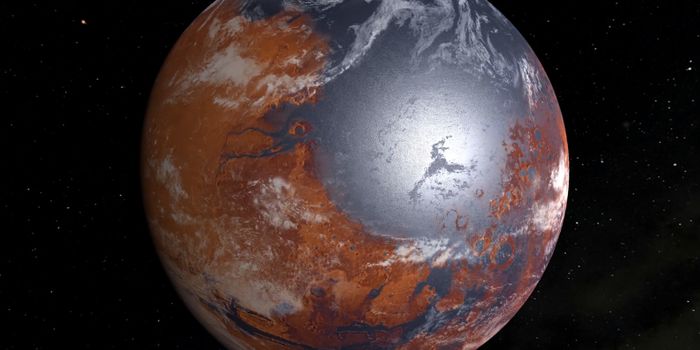Astronomers Measure the Light Between Galaxies with JWST
A recent study published in The Astrophysical Journal Letters presents the most complete analysis of intracluster light (ICL) to date. These results provide key information about how galaxy clusters form and the properties of dark matter, a type of matter which makes up a large percentage of the Universe, but whose nature is virtually unknown.
ICL is diffuse and faint light that exists between galaxies in a cluster. It originates from stars that are free-floating between the galaxies, ripped away from the galaxies they formed in by extreme tidal forces between the galaxies in the cluster. The light given off by these stars is extremely faint compared to the light of the galaxies nearby. For reference, the brightness of ICL is less than 1% of the sky brightness in the darkest skies on Earth. Therefore, it can be extremely difficult to detect, making extremely sensitive space telescopes crucial for these types of detections and measurements.
In the recent study, scientists used images from the James Webb Space Telescope (JWST) to characterize the ICL from SMACS-J0723.2-7327, a galaxy cluster that is comprised of hundreds of galaxies. The sensitivity of JWST makes it a perfect instrument to study faint and extended infrared sources like ICL.
The team needed to develop new analysis techniques to make this very difficult measurement. They found that the inner parts of the galaxy cluster are being formed by a merger of many massive galaxies, while the outer parts of the cluster are being formed by the accretion of smaller galaxies, similar to the Milky Way.
In addition to informing the researchers about the formation of galaxy clusters, the study also provided information about dark matter. The mass of the galaxy cluster is made up of the mass of the ordinary matter that makes up the galaxies, as well as dark matter. The stars whose light composes the ICL are tugged through space by the gravitational field created by the mass distribution of the cluster. Thus, ICL can also be a tracer for the distribution of dark matter in galaxy clusters.
This study highlights the importance of JWST and demonstrates its ability to collect data that will inform astronomers about the distribution of dark matters in galaxy clusters, hopefully allowing them uncover the nature of this mysterious type of matter.
Source: iac.es









